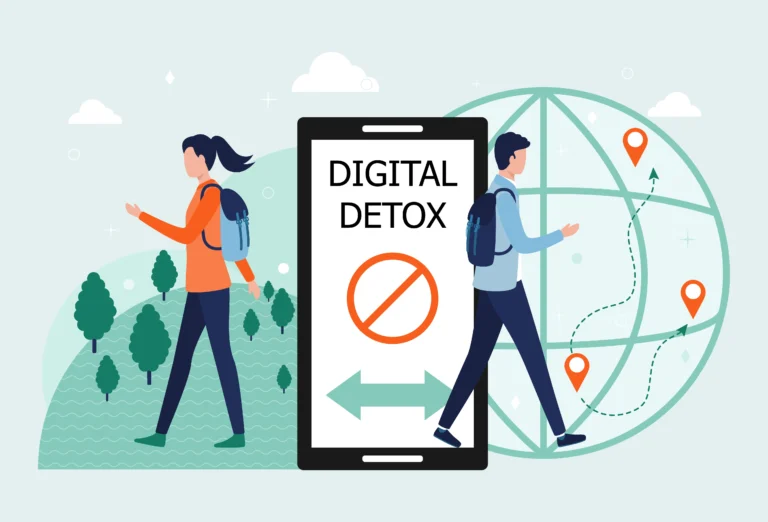Introduction to ChatGPT: What It Is and How It Works 2024
Introduction to ChatGPT
Within the rapidly developing field of artificial intelligence (AI), ChatGPT is a revolutionary invention that opens up new avenues for human-machine interaction. Modern language models like ChatGPT, created by OpenAI, are capable of comprehending and producing text that resembles that of a human depending on the input they are given.

What is ChatGPT?
The GPT (Generative Pre-trained Transformer) family of models, which includes ChatGPT, is made to comprehend and produce human language. Generative Pre-trained Transformer is what the “GPT” in ChatGPT stands for:
- Generative: Text produced by the model is logical and appropriate for the given context.
- Pre-trained: Before being optimized for particular tasks, it has undergone extensive training on a wide range of text data from various sources.
- Transformer: For tasks involving natural language processing, it makes use of the Transformer architecture, which is very efficient.
Predicting the next word in a sentence is ChatGPT’s primary job, which enables it to produce logical and contextually relevant text from input. Its ability to do so makes it a very adaptable tool for a variety of uses.
How Does ChatGPT Work?
Let’s dissect ChatGPT’s main elements and procedures to comprehend how it operates:
1. The Transformer Architecture
The Transformer architecture is the brains behind ChatGPT. Vaswani et al.’s 2017 introduction of Transformers, which allowed models to handle massive volumes of text data effectively, completely changed the field of natural language processing. The architecture is made up of:
- Encoders and Decoders: While conventional Transformers use both encoders and decoders, ChatGPT generates text using a stack of decoders.
- Attention Mechanism: By allowing the model to concentrate on various sections of the input text, this mechanism aids in its comprehension of word relationships and context.
2. Pre-training and Fine-tuning
ChatGPT undergoes two main phases:
- Pre-training:The model is trained on a sizable corpus of online text during this phase. It picks up grammar, global knowledge, and some degree of reasoning. It is ignorant of the specifics of documents or user interactions after training, though.
- Fine-tuning: Following pre-training, the model is refined using a smaller dataset and human reviewers who adhere to predetermined standards. This improves the model’s performance and makes its responses more in line with what people would expect.
3. Generating Text
ChatGPT analyzes the text input and produces a response word for word when you enter a prompt. In order to predict and generate the subsequent word until the sentence or paragraph is finished, the model takes into account the context that the input provides and applies its training. During this process,
- Tokenization: Breaking down the input text into smaller units called tokens.
- Contextual Understanding: The model utilizes its attention mechanisms to comprehend the input’contexts.
- Text Generation: Until the response is finished, predicting and producing the next token.

Functionalities of ChatGPT
The features of ChatGPT go beyond just creating text. The following are some essential features:
- Conversation: Conversing in a logical and contextually appropriate manner, making it beneficial for virtual assistants, customer service, and other purposes.
- Content Creation: Helping with the writing of scripts, blog posts, articles, and other types of content.
- Language Translation: Achieving very high accuracy when translating text between languages.
- Summarization: Summarizing long documents into concise and readable summaries.
- Text Completion: Completing sentences or paragraphs based on a given prompt.
Use Cases and Applications
The versatility of ChatGPT opens the door to numerous applications across various industries:
1. Customer Service
ChatGPT can handle client inquiries, offer assistance, and resolve common problems, lightening the load on human agents and speeding up response times.
2. Education
ChatGPT can help students learn more efficiently in educational settings by acting as a tutor, responding to inquiries, and offering explanations on a variety of topics.
3. Content Creation
ChatGPT streamlines the content creation process by enabling writers and marketers to generate ideas, draft content, and even produce entire articles.
4. Healthcare
ChatGPT can help by arranging appointments, giving patients support, and supplying basic medical information, all of which improve healthcare services.

5. Personal Assistance
ChatGPT functions as a virtual assistant that helps users arrange their daily lives by managing their schedules, setting reminders, and completing other personal tasks.
6. Entertainment
To create more immersive experiences, ChatGPT can be used in the entertainment industry to create interactive stories, game dialogues, and even song lyrics.
FAQs About ChatGPT
Q1: What is ChatGPT?
OpenAI created ChatGPT, a language model that can comprehend and produce text that resembles that of a human. It can perform a range of language-related tasks because it is pre-trained on a large dataset and is based on the Transformer architecture.
Q2: How does ChatGPT generate text?
Using input, ChatGPT predicts the word that will appear next in a string to produce text. The Transformer architecture’s attention mechanisms are utilized to comprehend the context and generate responses that are both logical and suitable for the given situation.
Q3: What are some common applications of ChatGPT?
Customer support, content production, language translation, text summarization, and one-on-one help are among the frequently used applications. It is also utilized in entertainment, healthcare, and educational settings.
Q4: Is ChatGPT capable of understanding multiple languages?
Indeed, ChatGPT can understand and produce text in a variety of languages because it has been trained on text data in those languages.
Q5: How does ChatGPT handle sensitive or inappropriate content?
Guidelines and safety precautions have been put in place by OpenAI to lessen the possibility that ChatGPT will produce offensive or sensitive content. Human reviewers adhere to specific guidelines during the fine-tuning process to guarantee that the model meets safety and ethical standards.
Q6: Can ChatGPT be customized for specific tasks?
Indeed, ChatGPT can be adjusted for particular uses or tasks. To maximize the model’s performance for particular use cases, developers can train it on particular datasets.
Q7: What are the ethical considerations when using ChatGPT?
A few ethical considerations are protecting user privacy, making sure the model doesn’t produce biased or harmful content, and being open and honest about the AI’s strengths and weaknesses. To use the technology responsibly, users and developers need to be aware of these factors.
Q8: How does OpenAI address bias in ChatGPT?
Through the use of a variety of training datasets and the implementation of human reviewer-assisted fine-tuning procedures, OpenAI actively seeks to reduce bias in ChatGPT. Nevertheless, it is still difficult to totally eradicate bias, so continuous work is required to increase the model’s inclusivity and fairness.
Conclusion
In the fields of AI and NLP, ChatGPT is a major advancement. Its capacity to comprehend and produce text that is human-like opens up a world of possibilities for both individuals and businesses. ChatGPT has a wide range of applications, from improving customer service to supporting education and content creation. We may anticipate even more inventive applications and advancements in technology as it develops, further obfuscating the distinction between interactions between humans and machines.







